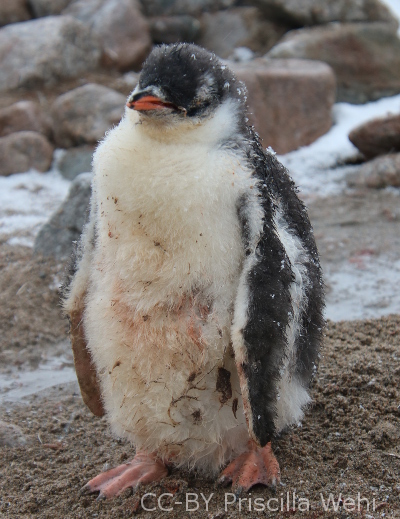AN ANTARCTIC HOMEWARD BOUND ADVENTURE
First posted 8 May 2018 at the Association for the Women in the Sciences (AWIS) website, and reposted here
Back in 1982, Sir Mason Durie proposed a model of health and wellbeing called te whare tapawhā. The model has four dimensions: mental (hinengaro), spiritual (wairua), physical (tinana) and extended family (whanau) wellbeing. Why do I bring this up now? I went to Antarctica with Homeward Bound. For the first time in my career, I was part of a science environment that embraced all these aspects of wellbeing, that uplifted me and helped me to find strength and resilience so that I can make a difference for the future.
 The three week journey to Antarctica was the final part of a year-long women in leadership course, led by a faculty of science, communication and leadership specialists. I was one of 78 women in science participants in the programme, from 21 countries – three of us were New Zealanders. We were women chosen from all career levels (PhD students, emerging researchers, mid-career women, and senior women), and from a variety of science backgrounds. We were astronomers, conservation biologists, public health specialists, eco-business developers, environmental activists, engineers, vets, teachers, and science communicators. Led by the faculty experts, we explored topics such as the values we hold, and how and why values matter in our leadership; strategic mapping; visibility; communication; and legacy. All of these are vital components of successful collaborative leadership, so that we are equipped to leave a positive legacy.
The three week journey to Antarctica was the final part of a year-long women in leadership course, led by a faculty of science, communication and leadership specialists. I was one of 78 women in science participants in the programme, from 21 countries – three of us were New Zealanders. We were women chosen from all career levels (PhD students, emerging researchers, mid-career women, and senior women), and from a variety of science backgrounds. We were astronomers, conservation biologists, public health specialists, eco-business developers, environmental activists, engineers, vets, teachers, and science communicators. Led by the faculty experts, we explored topics such as the values we hold, and how and why values matter in our leadership; strategic mapping; visibility; communication; and legacy. All of these are vital components of successful collaborative leadership, so that we are equipped to leave a positive legacy.
I applied to go on the course because I wanted to visit Antarctica. What I found was that the women I journeyed with inspired me deeply, in parallel with the vulnerable but immensely beautiful landscape. We forged ourselves into a supportive extended family, with the aim of uplifting all our members to bring our best selves both to the programme on the ship, and to our science work. No judgement, just support. The range of senior and junior women on board allowed a wonderful tuakana/ teina (older sister/ younger sister) dynamic, where we could learn together from our differing experiences. Peer coaching on the ship reinforced this, and allowed us to explore our experiences in a constructive way that allowed deeper understanding of our motivations. Each day, we stretched ourselves intellectually and emotionally in the leadership programme for 3-4 hours, listening, writing, presenting, sharing, and peer coaching. In the Symposia at Sea, we heard about each other’s science work and contribution. There were opportunities to lead on board, and to test our skills and our wings.
We also spent time each day ashore on different parts of the Antarctic peninsula. This physicality was an integral part of the experience; seeing up close the vulnerable ecosystems, the arc of whales feeding, melting glaciers, and sea ice. And, a polar plunge in one of the most beautiful bays in the world. We also visited Antarctic science stations, and talked to staff about their work and team building in one of the most extreme environments in the world. Antarctica also provided me with a place where I could emotionally connect with the world, to ‘mind’ my environment, to learn about beholding and how to engage my whole self in doing so. As scientists, I think we are often taught that emotion has no place in science, and we forget about the importance of all four spheres of wellbeing, as described by Mason Durie. We forget about the balance that we gain from this model, and the strength of vision that we can enact when we are in balance. In Antarctica, on this amazing journey, it was impossible to forget. For me, the Homeward Bound leadership journey epitomised the values of contemplative work, an opportunity to cultivate deep personal and social awareness: an exploration of meaning, purpose, and values in service to our common future.
I am deeply grateful to the organisations that helped me undertake the Homeward Bound programme, especially the Royal Society of New Zealand, and AWIS NZ. I would also like to acknowledge our colleague Hazel, an adventurous, warm, and passionate woman in science, who supported this journey.